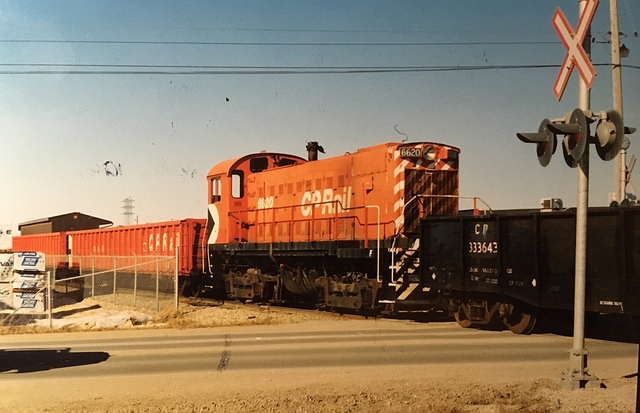Moving the Goalposts on the Riverview Corridor
by Diane Gerth
For years, whatever we may think about the rail-based Riverview Corridor, we have been working under some basic understandings. We knew that the ultimate objectives for the project have included a plan to provide high-quality service for local trips and to provide additional transportation capacity to meet current and future travel demand.
These core goals are now on the chopping block. In a proposed change to the “Statement of Purpose and Need” – the basic justification for the line – these two objectives are gone.
The objective of providing “high-quality service for local trips” has been changed to “high-amenity service for transit trips.” And the objective to “Provide additional transportation capacity to meet current and future travel demand” has been eliminated entirely.
This is a move away from protecting quality local service. It’s a revelation that the project, with fewer West 7th stops and slower transit times, will degrade our service even more. (Jim Schoettler and Kent Petterson summarized many of the problems with the project in February’s Community Reporter.) Given that the need to meet higher and denser transit-using populations has been one of the stated reasons for the project since the beginning, these are existential changes for the project.
Because a close examination of ridership projections doesn’t show much of an increase in bus versus train use, this seems to the closest that the Riverview Corridor Policy Advisory Committee will come to admitting that their plan won’t bring an increase in ridership. Beneath this wonky wordsmithing, I can only conclude that their aim is to conceal the fact that the justification for the line is easily exposed as a sham. With the goalposts successfully moved, it is easy to imagine proponents of the project in the future saying that they “never actually meant to provide quality service or additional capacity, as it was not part of the objectives!”
The Purpose and Need Statement is the high-level roadmap. Choosing to lower the expectations is an admission that the goals have to be adjusted to reflect reality. Since it will prove difficult to justify to savvy federal funders that this $2 billion and counting project will meet the goals of quality service and increased ridership, the new plan seems to designed to widen the goalposts so much that you could drive a bus—or perhaps a light-rail vehicle—through them.
Given the questions long raised about the need for the project, we must be wary of allowing it to be justified simply by lowering objectives. Changes that do just that are scheduled for discussion by the Policy Advisory Committee on April 1.



